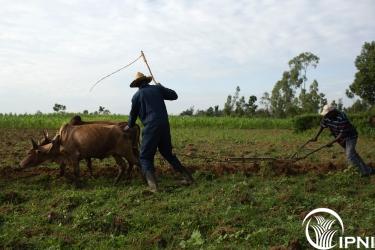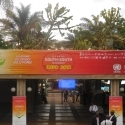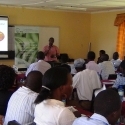14 Jan 2011
Agriculture in Africa Overview

Agriculture in Africa Overview
Agriculture is the most important sector in the economies of most African countries. It contributes about 30% of the continent’s GDP and about 50% of the total export value, with 70% of the continent's one billion population depending on the sector for their livelihoods. The level of agricultural development and fertilizer use varies considerably between countries. Fertilizer consumption is mostly restricted to 10 countries, and main fertilizer consumers include Egypt (30%), South Africa (23%) and Morocco (9%). The commercial farming sector produces more than 60 percent of the total marketed agricultural output of the 10 countries that use the largest share of fertilizers.
Fertilizer use is extremely low in much of the sub-Saharan Africa (SSA) region, covering 47 countries south of the Sahara, except South Africa. Low fertilizer use is one of the main factors explaining lagging agricultural productivity growth in SSA. Over the past 5 decades, cereal crop yields have been stagnant at less than 1 t per ha, despite an increase in food demand by 3-3.5% per year due to a rapidly growing population. Currently, chronic food insecurity affects 28% of the 700 million people who live in SSA. At the present trends of population growth, cereal crop productivity must grow by 4% annually or more than double by 2020 to make SSA self-sufficient in cereal production. Most of the soils in Africa are inherently infertile, and poor agricultural management practices during the past decades have led to a severe decline in their productive capacity. Nutrient balances for SSA show large negative values, and losses of nutrients are estimated at more than 50 kg per ha annually.
Smallholder farms in central Kenya



